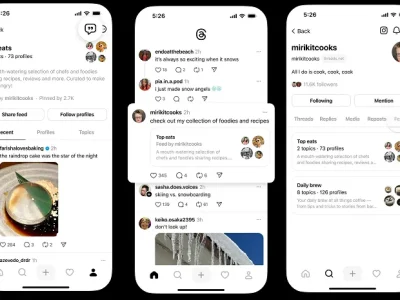Introduction
In today’s fast-paced business environment, accurately predicting demand is crucial for success. Whether you are in the retail industry, manufacturing sector, or any other type of business, having a solid demand prediction strategy in place can help you optimize inventory levels, improve customer satisfaction, and increase profitability. In this article, we will discuss some of the best practices for implementing demand prediction in your organization.
The Importance of Demand Prediction
Demand prediction involves forecasting the future demand for your products or services based on historical data, market trends, and other relevant factors. By accurately predicting demand, you can avoid stockouts, reduce excess inventory, and make informed decisions about pricing, promotions, and production schedules. This can ultimately lead to cost savings, increased sales, and improved customer loyalty.
Best Practices for Implementing Demand Prediction
- Utilize Advanced Analytics: Leverage advanced analytics tools and techniques, such as machine learning algorithms, to analyze large volumes of data and identify patterns and trends. These tools can help you generate more accurate demand forecasts and make better-informed decisions.
- Collaborate Across Departments: Demand prediction is not just a function of the sales or marketing team. It requires collaboration across departments, including operations, finance, and supply chain management. By involving key stakeholders in the demand prediction process, you can ensure that your forecasts are based on a comprehensive understanding of all aspects of your business.
- Monitor and Adjust: Demand prediction is an ongoing process that requires continuous monitoring and adjustment. Keep track of actual sales data, market conditions, and other relevant factors, and adjust your forecasts accordingly. By regularly reviewing and updating your demand prediction models, you can adapt to changing market dynamics and improve the accuracy of your forecasts.
- Incorporate External Data: In addition to internal data, consider incorporating external data sources, such as economic indicators, weather forecasts, and social media trends, into your demand prediction models. By combining multiple data sources, you can enhance the accuracy of your forecasts and gain a more holistic view of demand drivers.
- Focus on Collaboration and Communication: Effective demand prediction requires collaboration and communication across all levels of the organization. Ensure that everyone involved in the process understands the importance of accurate demand forecasts and their role in achieving them. Encourage open communication, feedback, and knowledge sharing to facilitate a data-driven approach to decision-making.
Conclusion
Implementing demand prediction in your organization can provide numerous benefits, from optimizing inventory levels to improving customer satisfaction. By following best practices such as utilizing advanced analytics, collaborating across departments, and monitoring and adjusting forecasts, you can enhance the accuracy and reliability of your demand prediction models. Stay proactive, incorporate external data sources, and promote collaboration and communication to ensure the success of your demand prediction efforts.
Learn the best practices for implementing demand prediction in your organization to optimize inventory levels, improve customer satisfaction, and increase profitability. Start forecasting your future demand accurately today!












Comments